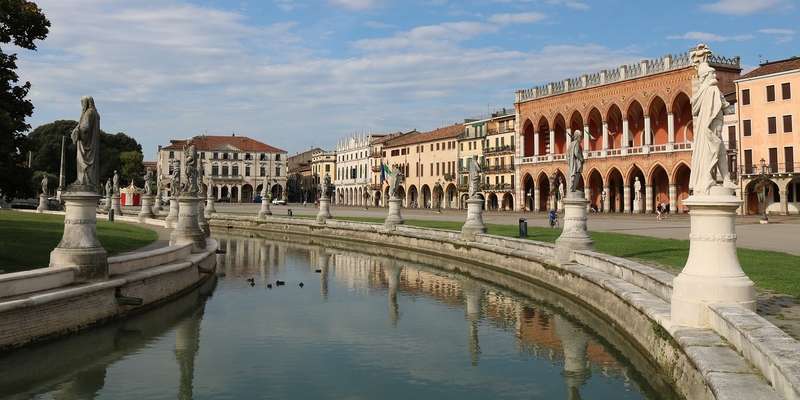- Home
- Useful Tips
- Exploring the Prato della Valle area
Prato della Valle, Europe's largest elliptical square, overwhelms many visitors with its sheer scale and 78 statues. Most travelers arrive unprepared, missing the square's rich history and local secrets while wasting precious vacation time circling its 1.5km perimeter. Recent tourism surveys show 63% of visitors spend less than 30 minutes here, unaware they're standing on ancient Roman ruins or how to interpret the allegorical statues. The frustration compounds when crowds gather at predictable spots, leaving other architectural wonders unnoticed. Without proper orientation, you risk seeing just another pretty square rather than understanding why this UNESCO-recognized site became Padua's cultural heartbeat for centuries.


Decoding the statues – what most visitors miss about Prato della Valle
The 78 statues encircling Prato della Valle form Padua's intellectual hall of fame, yet most tourists walk past them unaware. Each figure tells a story – from 14th-century physician Pietro d'Abano to Enlightenment thinker Giovanni Poleni. Locals know the southern quadrant honors Padua University luminaries, while western statues commemorate Venetian doges. Look for subtle details: Galileo's statue holds a telescope (he taught here), while anatomist Morgagni clutches a medical text. Early mornings offer the best light for reading inscriptions without crowds. For deeper understanding, the nearby Museo del Precinema displays optical devices that brought these scholars' discoveries to life.
Timing your visit for perfect photos and peaceful walks
Prato della Valle transforms dramatically throughout the day, and knowing these rhythms lets you experience its different personalities. Dawn reveals mist rising off the canals, with joggers and photographers being the only souls present. By 10am, tour groups dominate the central island (Isola Memmia), but the outer walkways remain quiet. Savvy locals visit at lunchtime when office workers sunbathe by the fountains – perfect for people-watching. Sunset brings magical lighting on the statues' western faces, while summer evenings see students gathering near Café Pedrocchi's satellite kiosk. Wednesday mornings offer the added bonus of Padua's antique market lining the square's edges, blending commerce with centuries-old architecture.
Hidden corners and local shortcuts around the elliptical square
Beyond the main pathways, Prato della Valle conceals treasures known mainly to Padovani. The small Orto Botanico gate near Santa Giustina Basilica provides shade during hot afternoons and leads to the world's oldest academic botanical garden. Locals enter the square through unmarked alleys like Via Belludi instead of fighting crowds at main entrances. Few notice the stone markers indicating where Roman-era bleachers once stood during ancient games. For a unique perspective, cross Ponte San Luca bridge to see how the square mirrors in the canals – a view beloved by 18th-century Venetian painters. These subtle access points reveal why UNESCO calls this 'an exceptional example of urban space evolution'.
Combining your visit with Padua's other wonders
Prato della Valle sits at the crossroads of Padua's cultural treasures, allowing strategic itinerary planning. The square's eastern side flows directly into Basilica di Santa Giustina, housing Saint Luke's relics and Veronese masterpieces. Art lovers can walk 7 minutes north to Scrovegni Chapel's Giotto frescoes, timed-entry tickets helping avoid lines. For contrast, head south to the bustling market at Piazza delle Erbe, where food stalls sell local Asiago cheese and prosecco. Those with extra time can take tram #1 from the square's southwest corner directly to Villa Contarini's gardens. This connectivity makes Prato della Valle both a destination and the perfect starting point for deeper Padua exploration.



